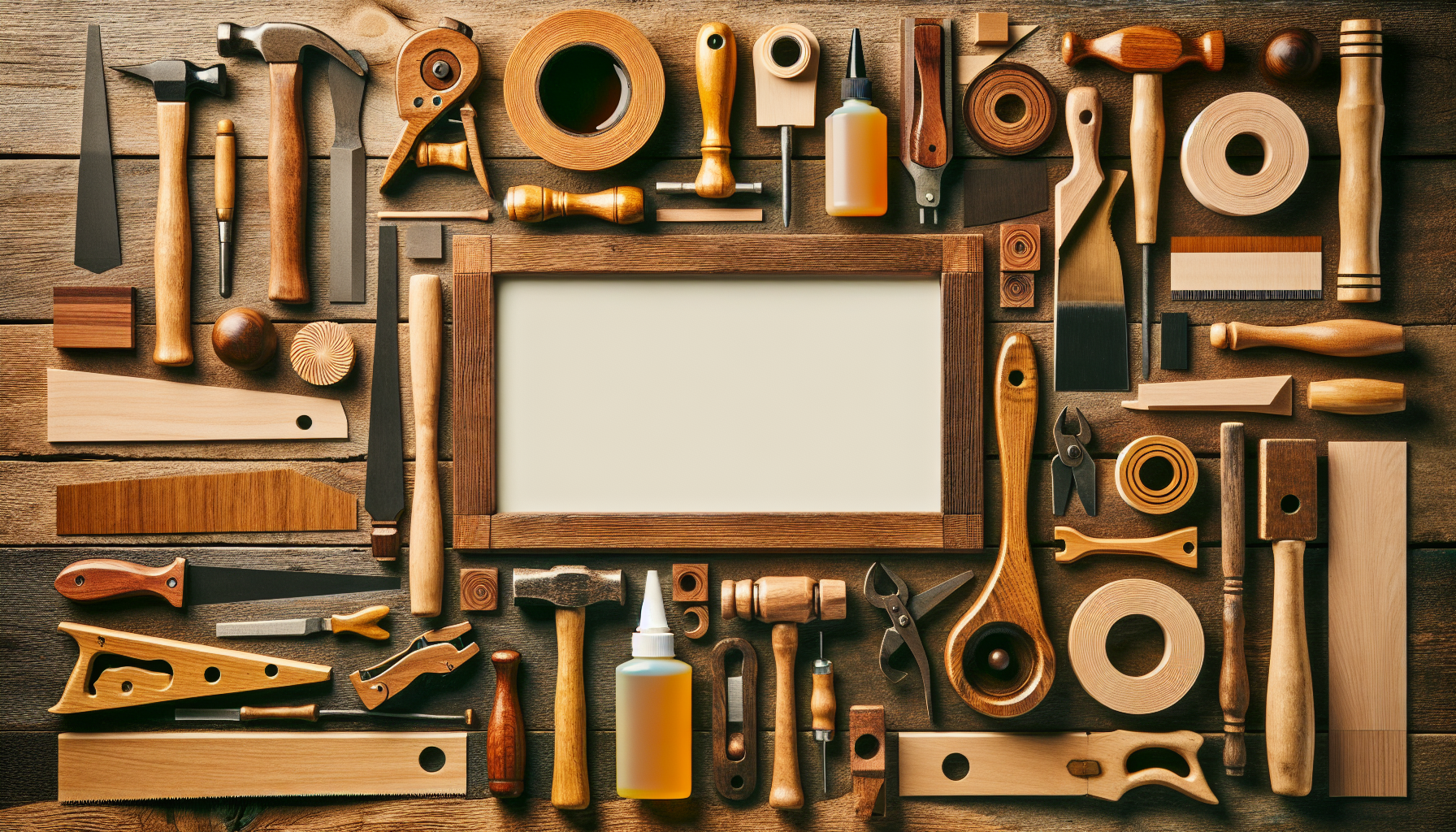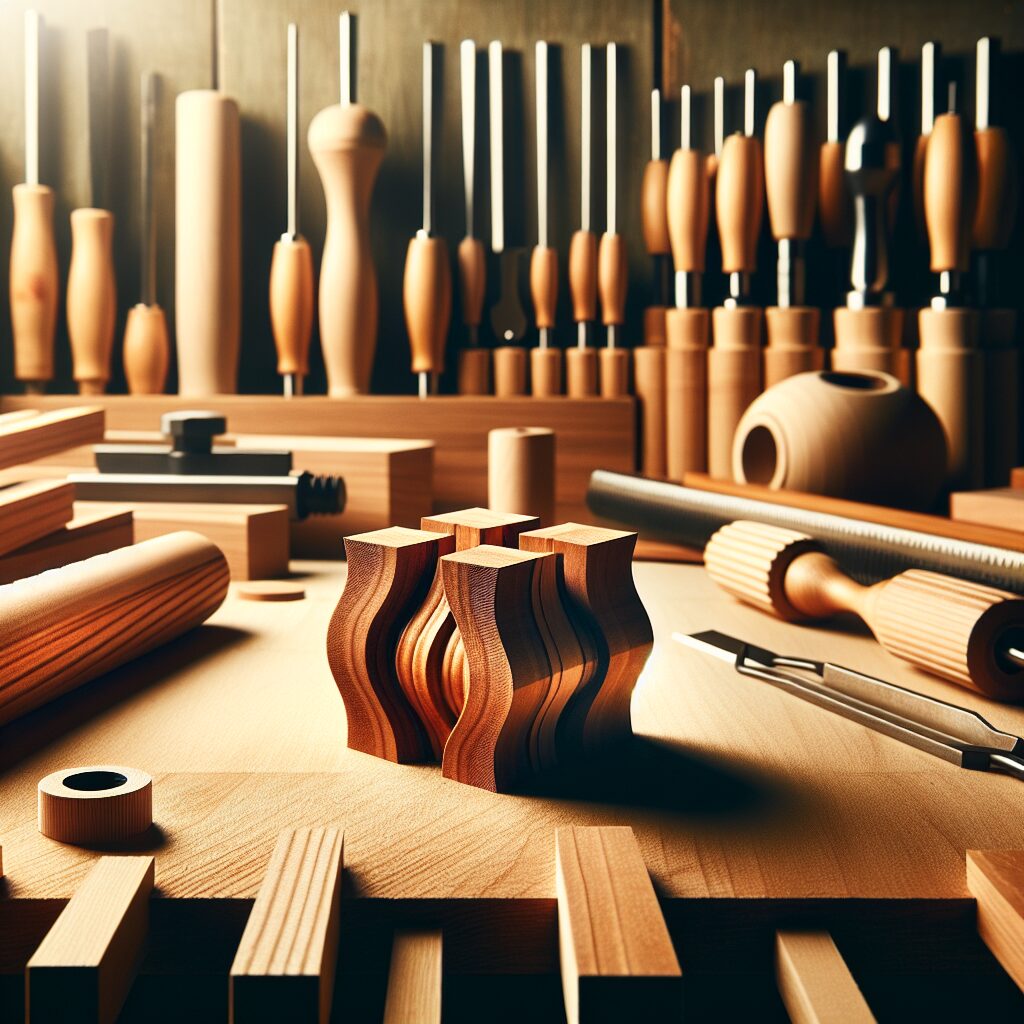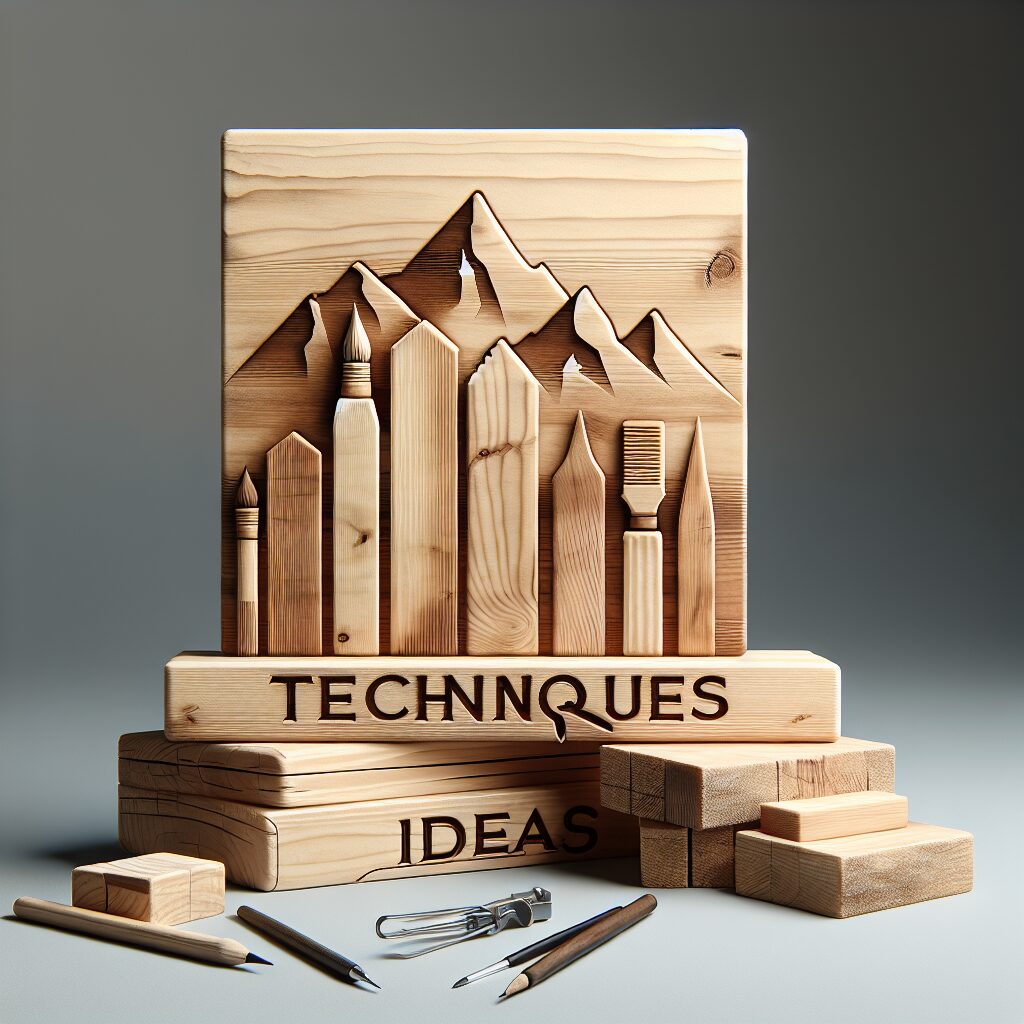As an essential cog in the wheel of woodworking, understanding glue is paramount. While often underestimated, the right adhesive can mean the difference between a successful, durable project and a frustrating, flimsy one. This comprehensive guide will walk you through the nature of wood glues, how they work, and which one to choose for different woodworking applications.
Understanding Wood Glues: Adhesion and Cohesion
First and foremost, we must understand what happens when glue bonds with wood. The bonding process involves two core actions: adhesion and cohesion. Adhesion is the attraction between the glue and the wood. This action is maximised when the glue penetrates the wood’s pores, leading to a stronger bond. Conversely, cohesion refers to the attraction within the adhesive material itself.
These properties are amplified by applying pressure during the curing process, such as through clamping. This disperses the glue into the wood’s nooks and crannies, making for a more sturdy connection. Time, temperature, and humidity are all factors that influence the curing process and thus, the strength of the adhesive bond.
It’s crucial to select the right glue for your project, based on inherent material qualities and the specific needs of your project. For example, some adhesives are better at resisting water, while others excel at bonding porous and non-porous surfaces. The key here is to research each option before making a decision—something we’ll help with in the next section.
A Breakdown of Common Wood Glues
While there are countless adhesives available on the market, certain types have gained popularity due to their performance and versatility in woodworking. The following are some of the most common types of wood glues you might encounter:
- PVA (Polyvinyl Acetate): Commonly known as white glue or carpenter’s glue, PVA is inexpensive, non-toxic, and easy to use. Great for general woodworking projects but not water-resistant.
- Yellow Wood Glue: A popular type of PVA glue, yellow wood glue is ideal for interior woodwork and is a staple in many woodshops. It provides a stronger bond than white glue.
- Hide Glue: Traditionally made from animal hides, this type of glue is famous for its strength and long open working time. It’s often used in high-end woodworking projects.
- Epoxy: A two-part adhesive that’s waterproof and can bond either porous or non-porous materials together. It’s more complicated to mix and use, but it provides a very strong bond.
This summary serves as a quick-reference guide, but each adhesive type has its strengths and weaknesses. In our guide on common woodworking mistakes, you’ll find more details about these profiles, including best practices for use and how to avoid common pitfalls.
The Art of Application: How to Use Wood Glues Effectively
Applying glue effectively is just as critical as selecting the right one. This involves ensuring the wood surface is clean, applying the right amount of adhesive, and following proper clamping techniques. In our hand tools vs power tools guide, we delve into some of the essential tools you’ll need for this process.
One practical tip, especially relevant for beginners spooked by short open times, is to do a dry run first—fitting your pieces together without glue—to ensure everything lines up perfectly. If it does, you can proceed with confidence when the time comes to apply the adhesive.
No matter the complexity of your project, using wood glue correctly can drastically influence the longevity and aesthetic of your creation. Therefore, it’s worth investing your time to learn about and understand this vital component of woodworking.
Spotlight on Safety: Using Glues Responsibly
While there isn’t anything inherently dangerous about wood glues, inhaling their fumes can be harmful over long periods, and skin or eye contact is best avoided. Therefore, proper PPE, such as safety glasses, gloves, and a facemask, is advised when using certain types of adhesives. Check out our comprehensive guide on shop safety for more details.
Bear in mind that certain types of adhesives, such as epoxies or cyanoacrylates, can cause a stronger reaction than others, so please always read the manufacturer’s safety information before use.
Glueing it All Together: Features to Consider
In conclusion, here’s a quick checklist of features to consider when choosing a wood glue:
- Bond strength: Will this glue hold your project together under normal use?
- Open time: Do you have enough time to assemble your project after applying the glue?
- Drying time: How long will you need to clamp your project?
- Water resistance: Will this glue stand up to your project’s moisture exposure?
Wood glue selection may seem inconsequential, but any seasoned woodworker will tell you it can make or break your project. By understanding how adhesives work and how to choose and apply them properly, you’re well on your way to exploring the joy and fulfillment of crafting with wood.







